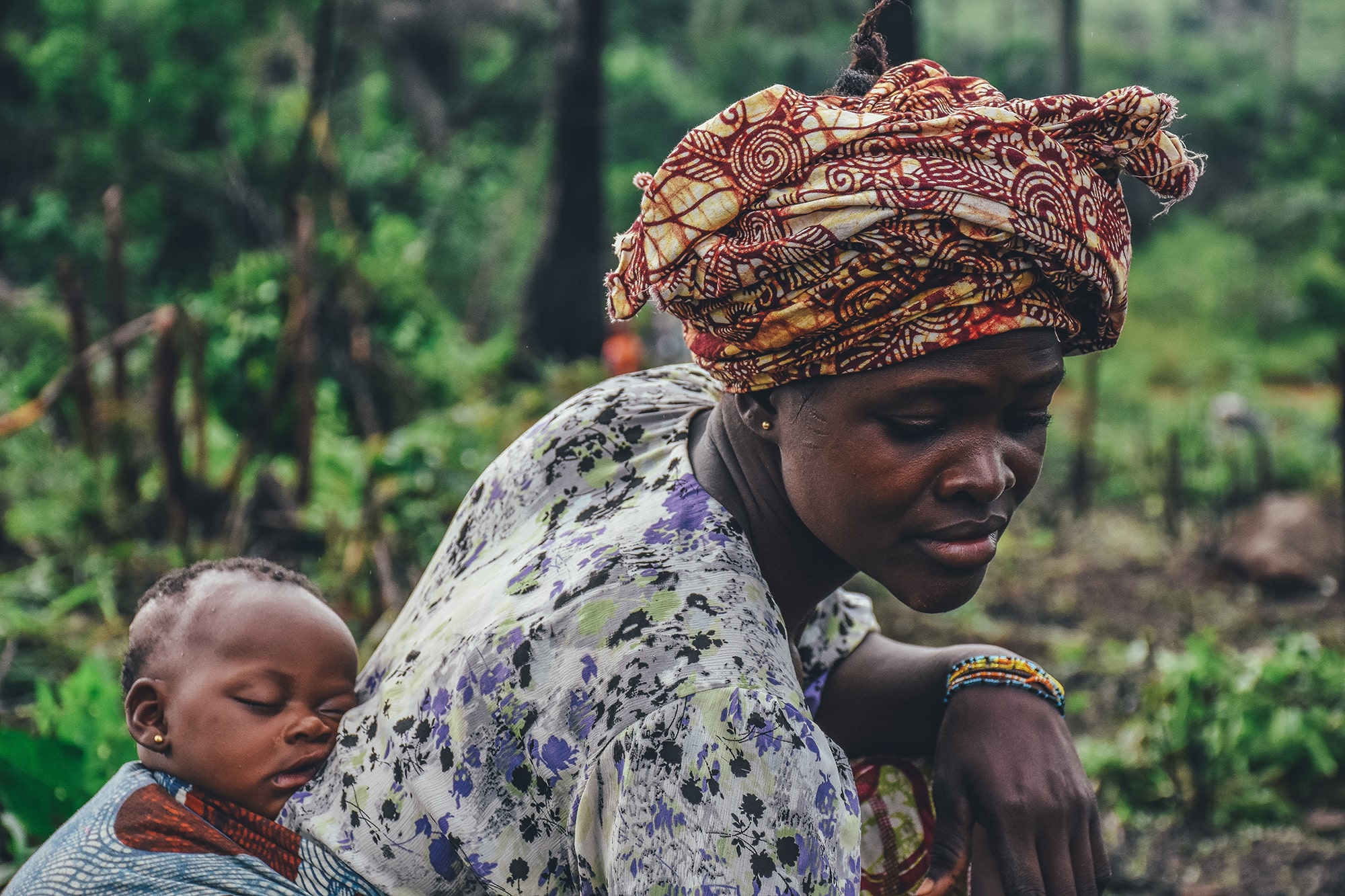The Science Behind Community-Based Child Protection
Remember when children would play freely in the village square while neighbours kept watchful eyes? When a struggling family could count on community support rather than institutional intervention? When protecting children was everyone’s responsibility, not just an agency’s job?
In many Tanzanian communities, these traditions of collective child protection have weakened under the pressures of urbanization, economic hardship, and changing family structures. The consequences are sobering: increased rates of child abuse, exploitation, neglect, and family separation.

But what if the solution isn't creating new systems, but revitalizing ancient ones?
This question led me to Arusha region, where the village of King’ori is pioneering a return to community-based child protection with remarkable results. Their approach combines traditional wisdom with modern methods, creating a safety net that catches children before they fall through the cracks.
The science supports this approach. Studies across multiple African countries show that child protection systems disconnected from community structures and values typically fail, while those that engage local leadership and build on existing social networks succeed at rates 3-4 times higher.
What makes community-based protection so effective?
First, there’s the matter of reach. Even the best-funded government agencies or NGOs cannot be everywhere at once. But in a functioning community system, protection extends to every pathway, water point, and household through an interconnected network of neighbors, teachers, religious leaders, and extended family.
Then there’s cultural relevance. Externally imposed protection models often conflict with local values and practices. Community-based approaches navigate these tensions through internal dialogue rather than external mandate, leading to sustainable change rather than superficial compliance.
Perhaps most importantly, there’s ownership. When child protection is perceived as an outside intervention, accountability remains external. When communities design their own protection mechanisms, they invest in outcomes in ways no external program can match.
In Kahama, this looks like:
- A Child Protection Committee led by respected village elders
- “Safe Houses” identified with green flags where children can seek help
- Volunteer night patrols ensuring safe passage to/from evening activities
- Microloans for vulnerable families at risk of separation due to poverty
- Community dialogues addressing harmful traditional practices
KAHAMA
Since implementing this system, Kahama has seen reported cases of child abuse decrease by 60%, school attendance increase by 25%, and family separations reduce by 70%.
At the I Want to Be Foundation, our Mtoto Salama Community Program works alongside villages to rebuild these protective social fabrics. We don’t create artificial systems but help communities recognize, strengthen, and sometimes modernize the protection mechanisms they already possess.
The old proverb was right all along: it does take a village to raise a child. Our job isn’t to replace the village, but to help it remember its power.
Interested in learning more about community-based child protection? Explore our Mtoto Salama Community Program or contact us about visiting a partner village to see these principles in action.
Social Chat is free, download and try it now here!